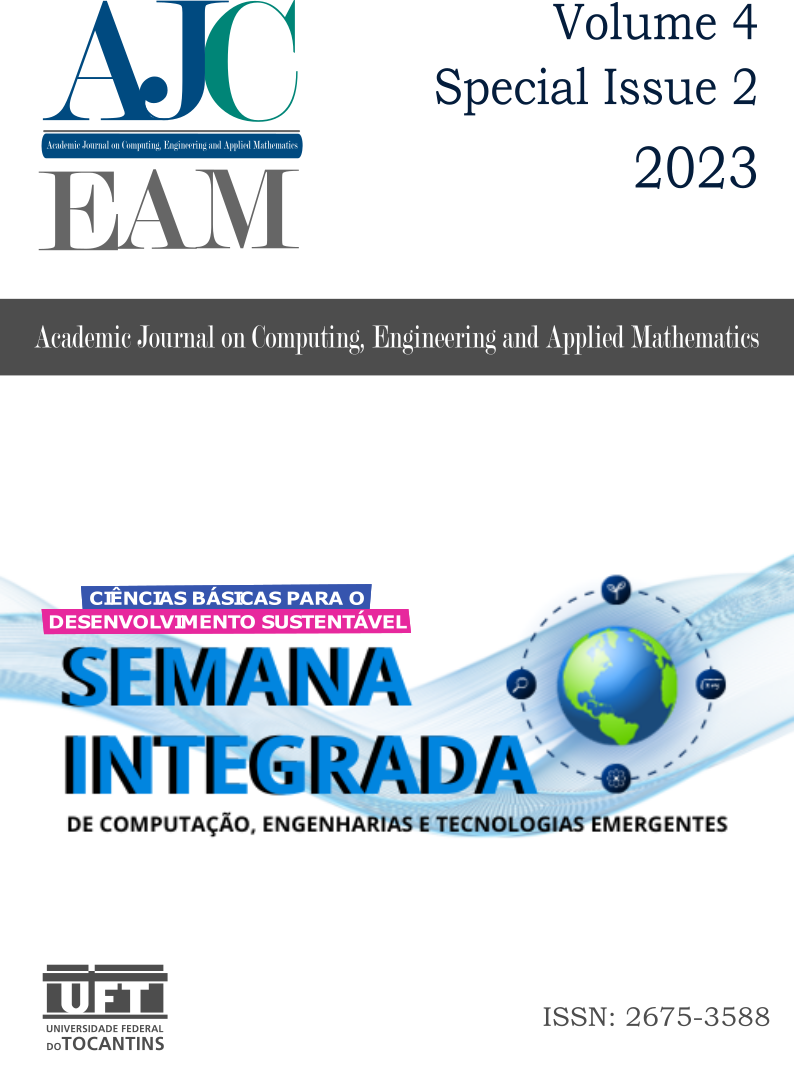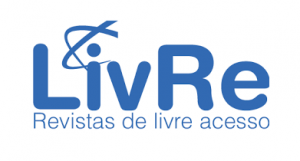Electroenergetic Efficiency in Brazilian Sanitation System
DOI:
https://doi.org/10.20873/uft.2675-3588.2023.v4n2.p9-12Keywords:
Sanitation, Efficiency, Electrical EnergyAbstract
Water and electricity are essential commodities, imperative for human life and activities. With the increasing modernization of sanitation systems and electrical appliances, energy consumption in these systems has increased proportionally. Without electricity, widespread water supply and sanitary sewage services are unthinkable. The electricity is primarily used to power the robust motor- pumps that move the liquids, water or wastewater to higher point, these same motor-pump systems are also responsible for consuming approximately 2 to 3% of the world's energy. So, there is a need for synergistic solutions involving both sectors to improve the efficiency of the operational and energy processes. Therefore, this article proposes to analyze the main indicators of the sector, and present the relationship between the evolution of water and energy consumption in sanitation systems and the differences between Brazilian states. In addition, the best practices to increase the efficiency of water supply and sewage services presenting techniques used to improve operations and energy management systems are presented.
Downloads
Published
How to Cite
License
Copyright (c) 2023 Valquiria Nascimento, Stefani Freitas, Jadiel Silva, Kathy Camila Osinski Senhorini

This work is licensed under a Creative Commons Attribution-NonCommercial 4.0 International License.
Authors who publish in this journal agree to the following terms:
- Authors retain copyright and grant the journal the right of first publication, with work simultaneously licensed under the Creative Commons Attribution License (CC BY-NC 4.0), allowing work sharing with acknowledgment of the work's authorship and initial publication in this journal. ;
- Authors are authorized to enter additional contracts separately for the non-exclusive distribution of the version of the work published in this journal (eg, publishing in an institutional repository or as a book chapter), with acknowledgment of authorship and initial publication in this journal;
- Authors are allowed and encouraged to post and distribute their work online (eg, in institutional repositories or on their personal page) at any point after the editorial process;
- In addition, the AUTHOR is informed and agrees with the journal that, therefore, his paper may be incorporated by the AJCEAM into existing or existing scientific information systems and databases (indexers and databases). in the future (indexers and future databases), under the conditions defined by the latter at all times, which will involve at least the possibility that the holders of these databases may perform the following actions on the paper:
- Reproduce, transmit and distribute the paper in whole or in part in any form or means of existing or future electronic transmission, including electronic transmission for research, viewing and printing purposes;
- Reproduce and distribute all or part of the article in print;
- Translate certain parts of the paper;
- Extract figures, tables, illustrations, and other graphic objects and capture metadata, captions, and related article for research, visualization, and printing purposes;
- Transmission, distribution, and reproduction by agents or authorized by the owners of database distributors;
- The preparation of bibliographic citations, summaries and indexes and related capture references from selected parts of the paper;
- Scan and/or store electronic article images and text.



